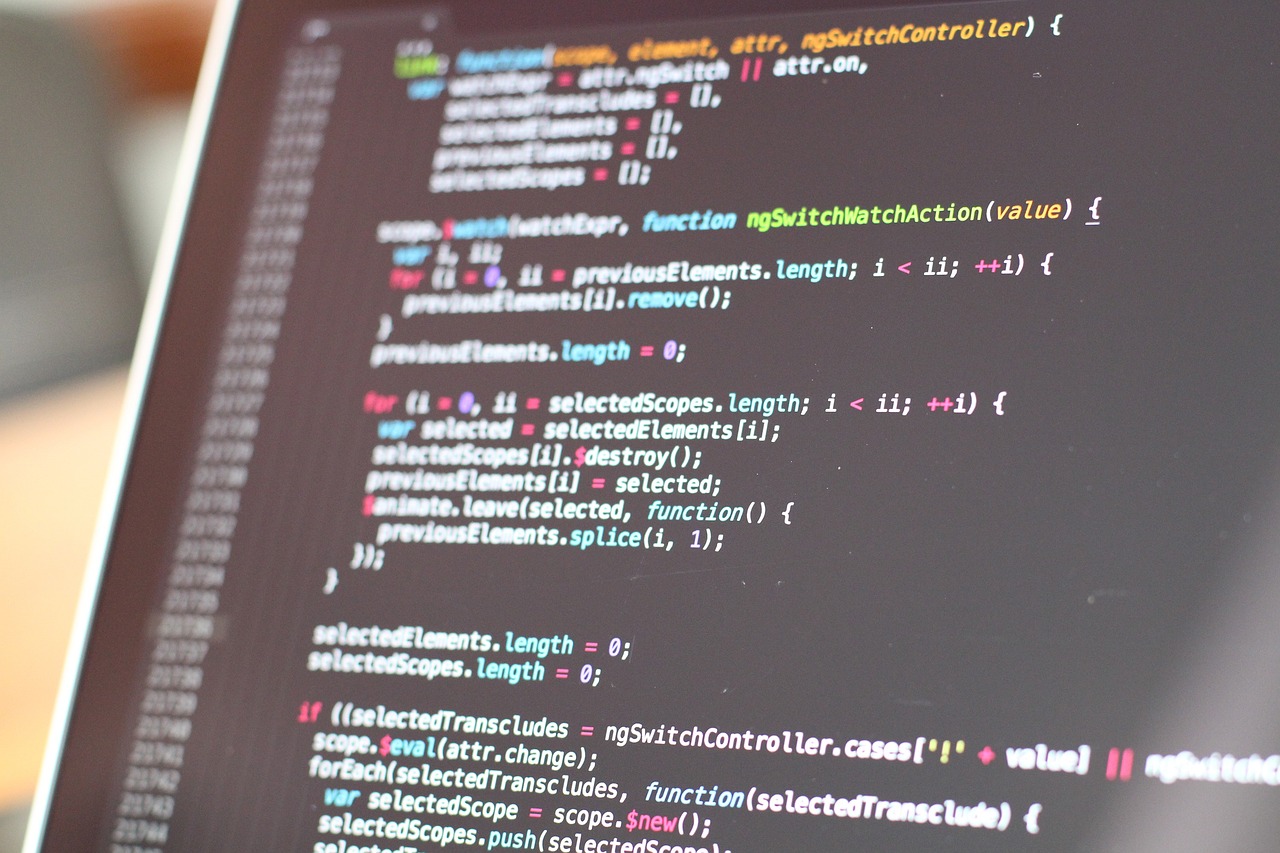In the realm of creating and maintaining websites, two terms often emerge at the forefront: web design and web development. While they’re sometimes used interchangeably by those outside the industry, they signify distinct aspects of the website creation process. Both are crucial to a site’s existence and functionality, but they involve different skills and end-goals. Let’s dive into the intricacies of web design and web development to distinguish between these integral roles.
Web Design: The Art of Visual Storytelling
Web design primarily concerns itself with the look and feel of a website. It encompasses everything that a user interacts with directly – colors, graphics, layout, and the overall visual aesthetic. Key skills include the following:
- Graphic Design: Ability to create visually appealing graphics that enhance user engagement.
- User Experience (UX) Design: Understanding user behavior and creating a design that’s intuitive and user-centric.
- User Interface (UI) Design: Crafting the layout and interactive elements to enhance user interaction.
- Branding: Aligning the website with the company’s brand guidelines and mission.
Popular web design tools include Adobe Photoshop, Illustrator, Sketch, and Figma.
Key Responsibilities:
- Creating mockups and storyboards
- Designing responsive layouts
- Selecting color palettes, fonts, and images
- Ensuring a cohesive design across all web pages
Web Development: The Science Behind the Site
If web design is about how a website looks, web development is about making it work. Developers take the designed layout and make a functional website out of it. Key web development skills include:
- Front-end Development: Using coding languages like HTML, CSS, and JavaScript to turn the design into a live, interactive website.
- Back-end Development: Working on server-side operations, databases, and application logic using languages like PHP, Ruby, or Python.
- Full-stack Development: Combining the skills of both front-end and back-end development.
Developers utilize platforms like Visual Studio Code, Git, and integrated development environments (IDEs) like Eclipse or PyCharm. They might also use libraries or frameworks like React, Angular, or Ruby on Rails.
Key Responsibilities:
- Writing clean and efficient code
- Integrating graphics, audio, and video elements
- Creating databases and ensuring site functionality
- Debugging and problem-solving
- Ensuring site security and scalability
Overlap: The Gray Area
Despite the clear distinctions, there’s a gray area where web design and web development overlap. Some roles and responsibilities blur the lines:
- Front-end Developers: These developers often need to have an understanding of design principles, as their role involves bringing the design to life.
- Web Designers with Coding Skills: Some designers possess coding skills, allowing them to implement their designs themselves.
- CMS Platforms: Platforms like WordPress, Joomla, or Drupal allow for designing and developing within the same environment, merging the roles to some extent.
While both stemming from the broader field of website creation, web design, and web development serve different but complementary functions. Web design caters to the aesthetics and user experience, painting the picture of what users should see and feel. In contrast, web development brings that vision to life, ensuring functionality, performance, and stability. Recognizing the differences helps in understanding the intricate ballet of skills required to create and run a successful website. In the evolving landscape of the digital age, both designers and developers play pivotal roles, weaving together the art and science of the web.
Need a website designed and developed? Contact our Black-owned marketing agency today.

